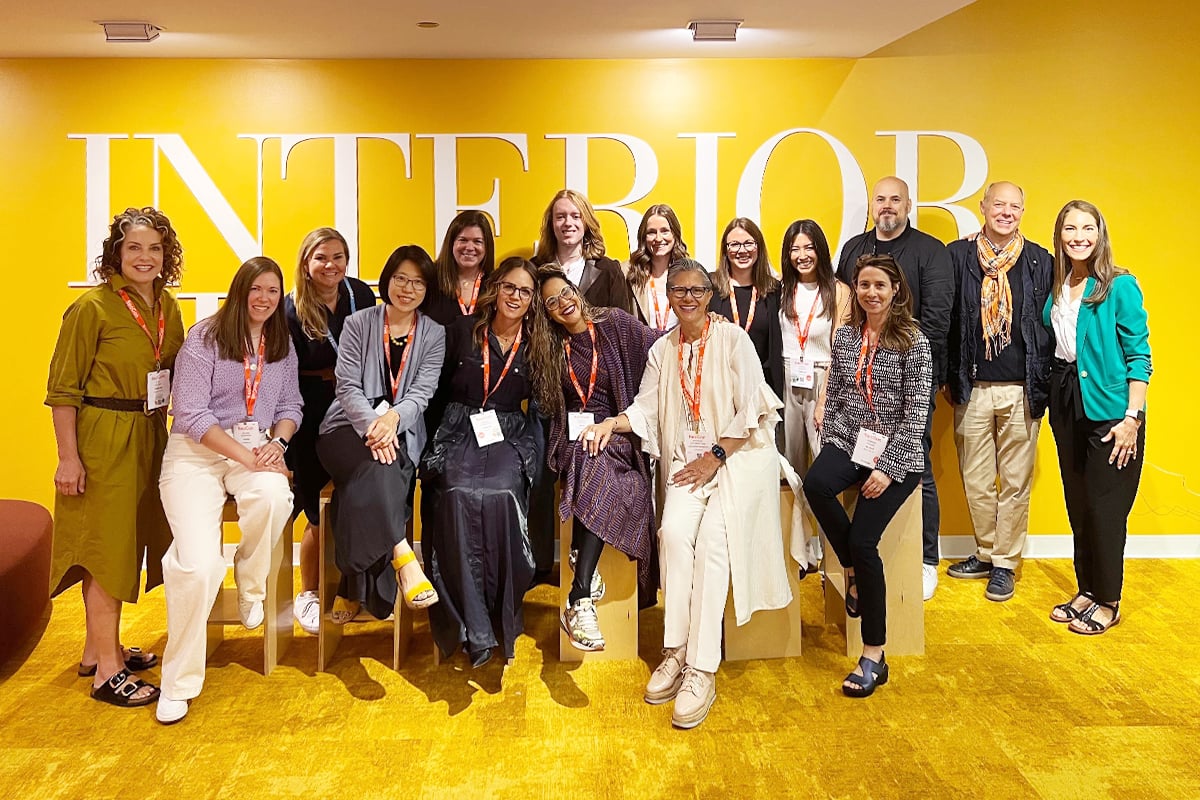
It’s the time of year when everyone is trying to pull together predictions for the coming year. What hot topic will replace the buzz of millennial pink and modern maximalism? What design trend will top every client’s must-have list?
While no one has a crystal ball to know exactly what we’ll be looking for in 2020, a few key insights suggest that customization and user-centric design will continue to be forces to be reckoned with in 2020. Let’s take a look at a few of their applications.
The wellness focus will allow for more customization than ever before.
When considering workplace wellness, one thing is for sure—customization will be king. Looking back just one workplace generation, you’ll realize that workplace wellness appear so much different today than it did even a short period ago. Researchers are realizing that what healthy means to one employee varies dramatically from what it means to another. And as new generations continue to make their mark on the workplace, we’re seeing that workplace wellness will be more user-centric than ever before.
One sign of the importance of user preference in wellness was noted in the 2019 Global Wellness Trends Report. Meditation was labeled as one of the most powerful wellness trends in 2019. But not just any meditation—meditation designed to meet the specific needs of each individual. As the report states, “A new flurry of technology solutions, using things such as biofeedback, EEG (brain wave) tracking, tDCS, and other biometric measurements, are aiming to boost and deepen meditation practices and to optimize and personalize the experience in real time.”
Expanding beyond meditation, many companies are making their definition of wellness more inclusive. One way that Room & Board, for example, is offering uniquely tailored wellness options is through choices in the workday. Nancy Greatrix, director of human resources at Room & Board, shares that the company provides “outdoor eating and meeting spaces. And when the weather is not optimal or employees don’t feel like going outside, we have a lush indoor garden with group seating. From standing desks and wellness rooms, including one that features meditative apps and a seasonal light therapy device, to nap rooms, we offer a host of options to support individual needs throughout the workday.”
Customization must go hand in hand with simplicity.
As we look for ways to make the workplace more customized and user-centric, we must not forget ease of use. We know that lease terms are shrinking, and with turnover comes a different set of preferences. What was a yoga room for one tenant may be used as a conference room for the next. Because of this, we’ll continue to see designs that allow for customization but in a way that ensures multiple users can customize the same product or design.
After all, users want workstations that help them work smarter, not make them work harder. Sergio Silva, design director at Humanscale, explains how workplace design can focus on both customization and ease of use: “Customization comes by way of simplicity. All user-centric solutions must be intuitive to the user.”
Technology will aid in bettering the user experience.
As Gen Z enters the workforce, they bring with them a new set of expectations. A recent study by McKinsey & Company describes this generation perfectly: “Our study reveals Gen Zers value individual expression, avoid labels, make decisions, and relate to institutions in a highly analytical and pragmatic way.”
Gen Z, defined as anyone born between 1995 and 2015, see themselves as truth seekers, trailblazers, and trendsetters. And because this generation is known to ask questions and collaborate in teams or individually toward a solution (whichever gets the job done better), it shouldn’t come as a surprise that they want a workplace fit with technology that molds to their individualized preferences and flexes to adapt to how they need to work at that moment in their day.
Lucas Werthein, head of technology at Cactus, a design studio focused on the intersection of digital technology and physical architecture, explains it best: “Most applications of new technologies are woefully lacking in strategy or inspiration,” he says. “Technology is most successful when it gives users something they can actually use to express themselves. Something that allows them to achieve their goals, their happiness, their flow.”
As we look at innovation for 2020, keeping a keen eye on user-centric design will be a large part of our toolkit for success. Along those lines, Greatrix leaves us with this: “Loving your work is just the beginning of living well. Today, the lines between work and life are blurred and wellness can have a positive impact on one’s entire life. We know that our work environment and the resources we provide our staff members play a big part in retention and workplace satisfaction. This is an important on-going process and we must continue to evolve and customize experiences to provide an even better workplace environment.
This article originally was published in Bellow Press and was reposted here with permissions.
Amanda Schneider is President of ThinkLab, the research division of Interior Design Media. At ThinkLab, we combine Interior Design Media’s incredible reach within the architecture and design community with proven market research techniques to uncover relevant trends and opportunities that connect back to brand and business goals in a thought-provoking, creative, and actionable way. Join in to know what’s next at thinklab.design/join-in.


